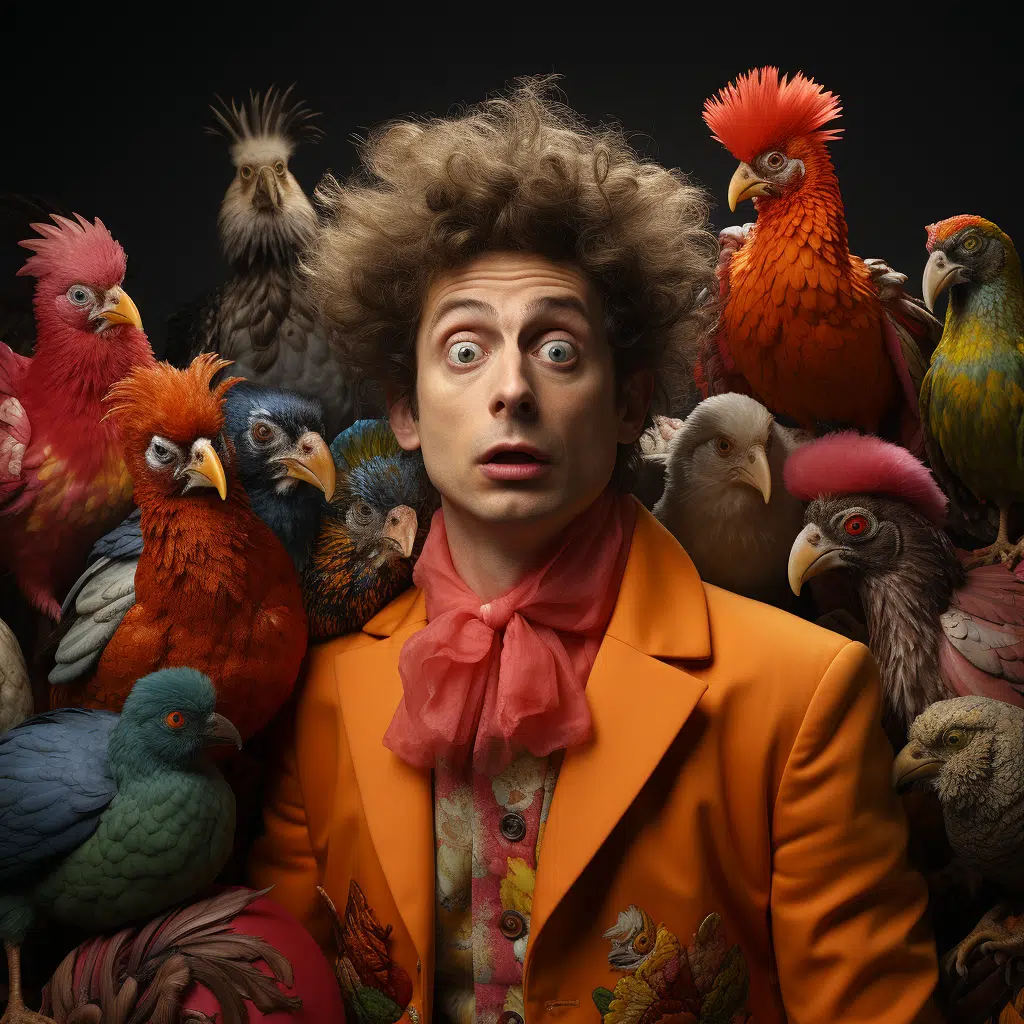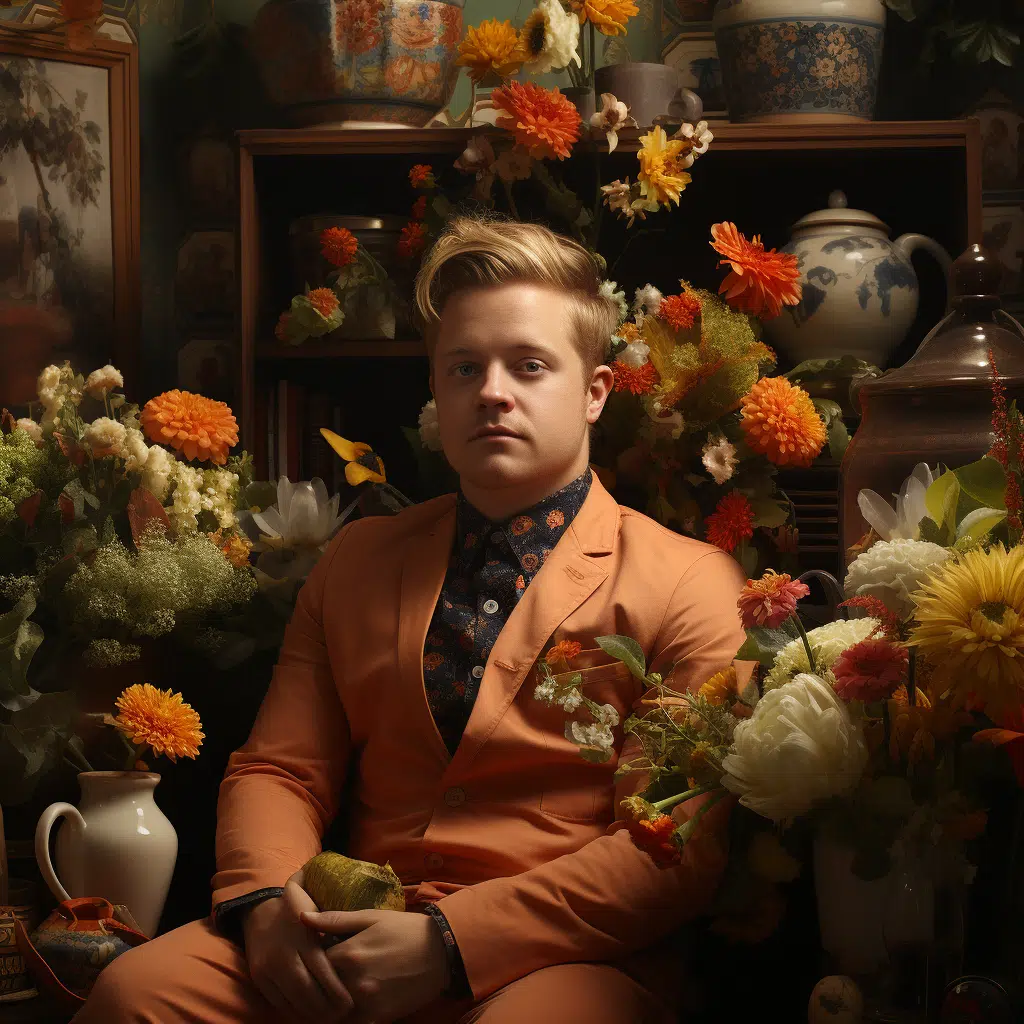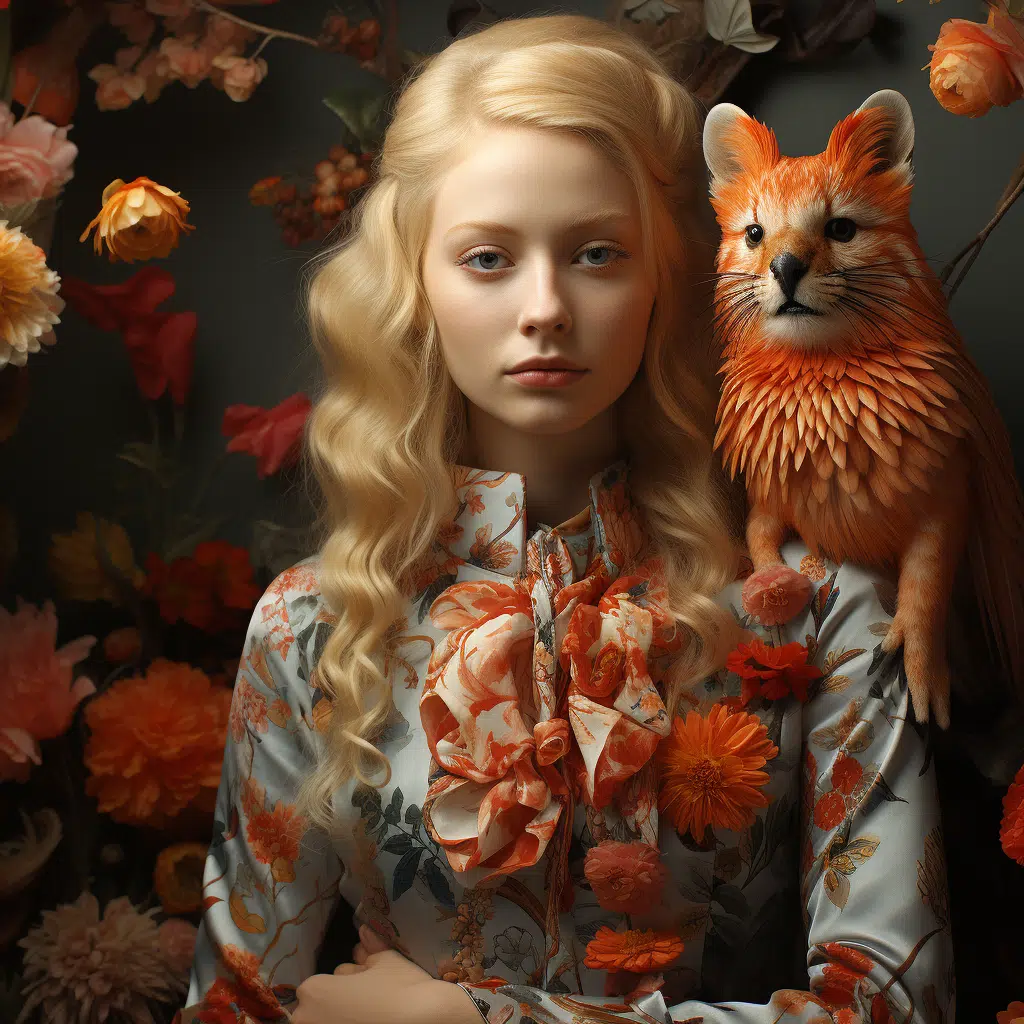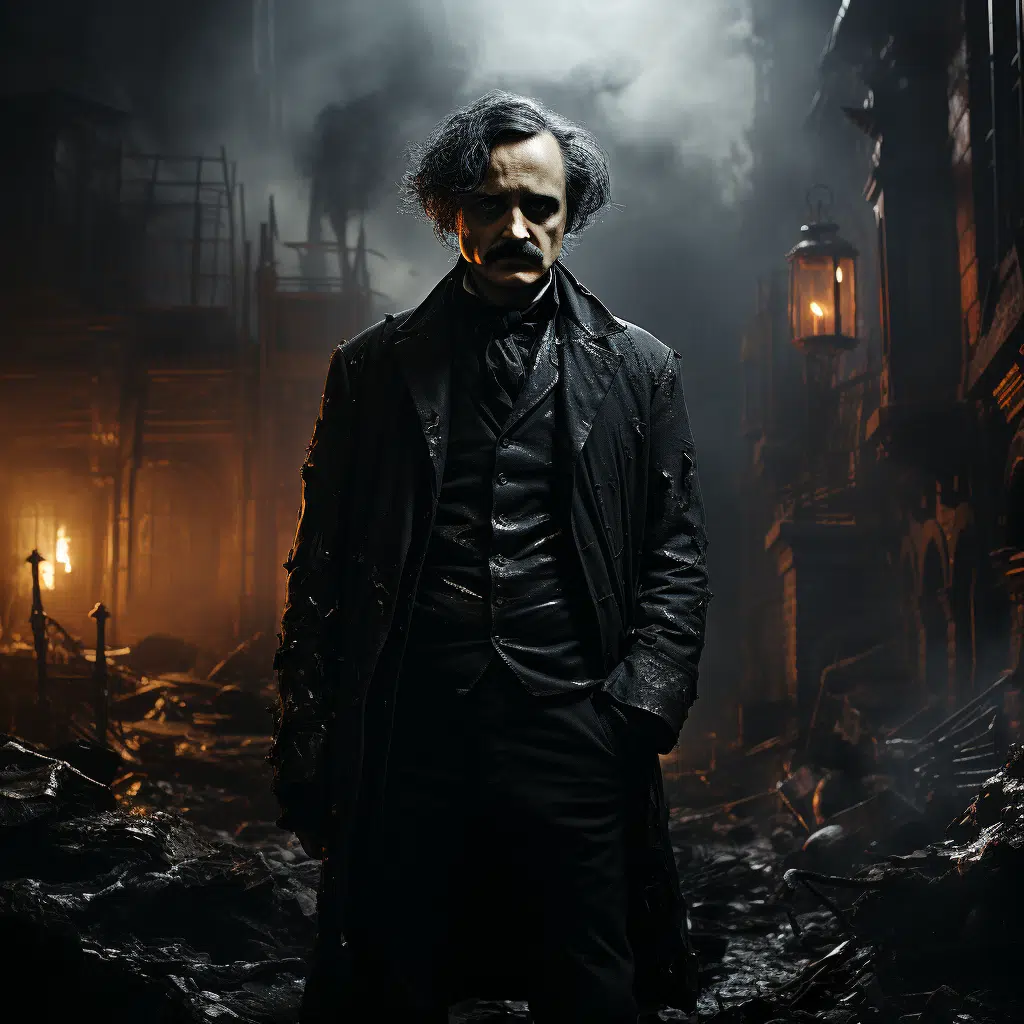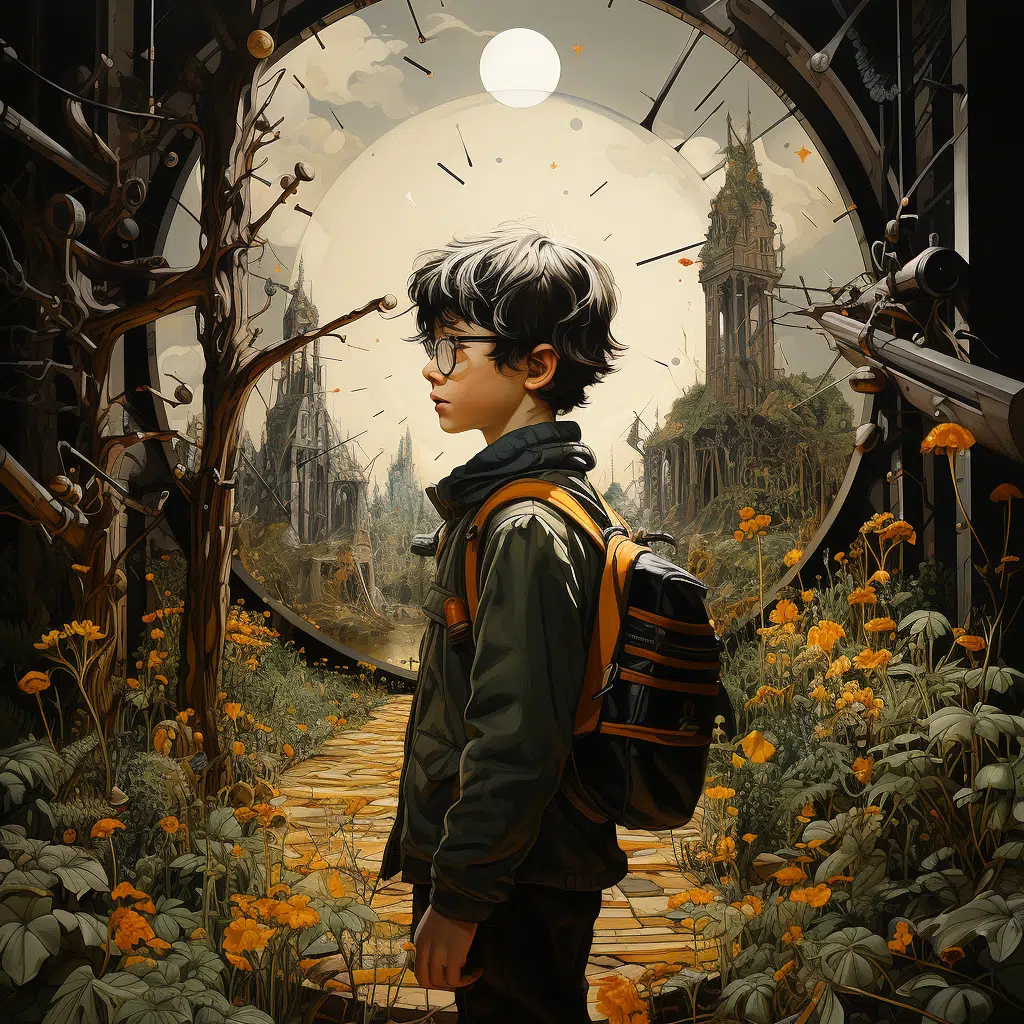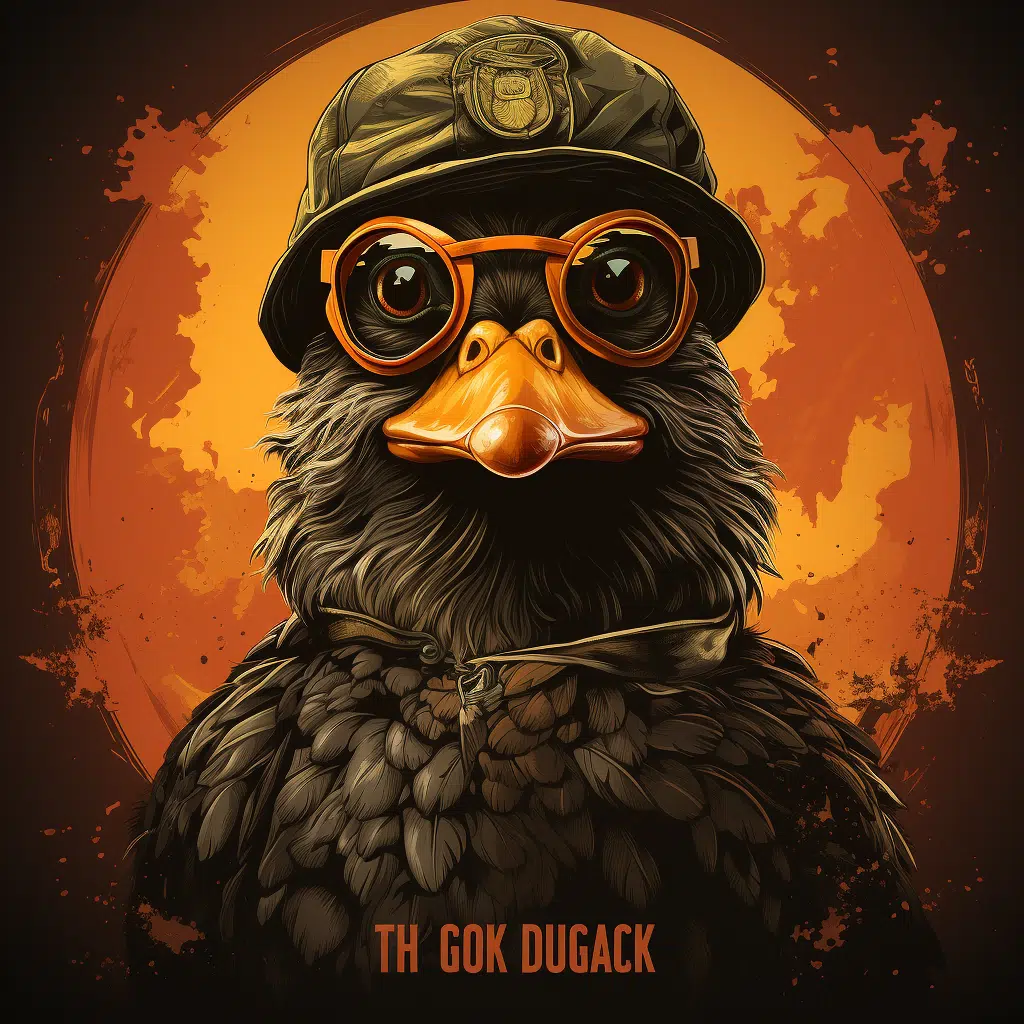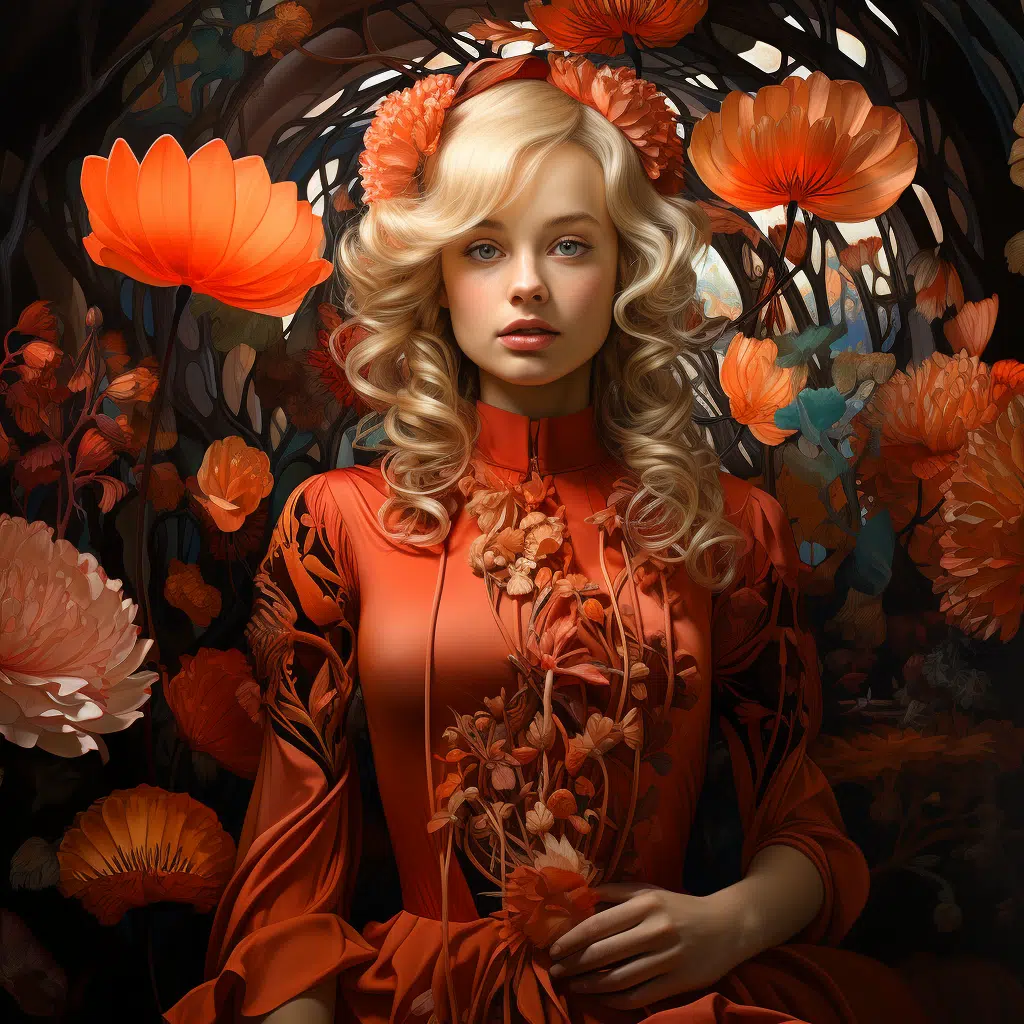Voyeurism: Unlocking Cinema’s Alter-Ego
Voyeurism, the salacious eye’s predilection for the clandestine, one often stocked in the innuendos of moral ambiguity, is a phenomenon as old as human curiosity itself. Occupying two realms of definition, voyeurism roots itself in both behavioural terms as “a person who derives sexual gratification from the covert observation of others”, and as a sexual disorder often contextualized with deviant behaviour. Yet, its gnarly tendrils weave through the fabric of societal norms, establishing itself as the alter-ego of cinema.
Voyeurism smoothly slipped into society’s lap, initially surfacing in 19th-century France. Jack the Ripper murders and tabloid sensationalism so uniquely yet perversely mirrored society’s burgeoning interest in people’s private lives. Like conjoined twins, voyeurism and cinema evolved, walking in unison, shifting from actuality-focused primitives to increasingly sensational narratives.
Indeed, the Paleolithic man’s delight in shadow-plays morphed into the thrill peekers of magic lantern shows, birthing the ‘darkened theatre’, the epitome of voyeuristic satisfaction. Fuelled by our intrinsic thirst for stories, voyeurism grows with every evolution of storytelling, an anchor tethering us to the primal instinct of voyeurism it tickles.
The Mirror of Medium: How Cinema Reflects Voyeuristic Tendencies
The cinema industry, coyly partnering with the voyeur within, uses this discreet observer as a narrative tool. A crafty storyboarder, voyeurism gifts auteurs the means to solicit empathy and subtly manipulate audiences, exploiting their desires while servicing their expectations. Our case study of Hitchcock’s “Rear Window” resonates with the confluence of voyeuristic tendencies and cinematic storytelling.
Framing in cinema is voyeurism’s secret weapon. By controlling what we see, filmmakers confine us within the stark parameters of screen boundaries. Camera angles serve as the voyeur’s eyes, enhancing the fly-on-the-wall perspective. Effective framing and unique camera movements serve as conduits, channeling us directly into the narrative’s emotional sphere.
Modern filmmakers are reinterpreting voyeurism, recycling its classics into contemporary settings. Some instances, such as the electric “Emerald Green“, tweak tradition subtly, turning voyeurism into a fine art. Context is the shifting sand upon which the perception of voyeurism stands, keeping it fresh and relevant in each cinematic era.
| Voyeurism as a Behavior | Voyeurism as a Sexual Disorder | |
|---|---|---|
| Definition | Someone who takes pleasure from observing people without their knowledge, especially in private situations like undressing or engaging in intimate activities. | A psychiatric disorder classified as a paraphilia in which the person has recurring and intense sexual fantasies, urges or behaviors involving the act of observing an unaware person undressing or engaging in sexual activities. |
| Legal Status | Not specifically illegal in in every jurisdiction, but can fall under different laws such as trespassing, invasion of privacy, or harassment. | Prohibited and punishable by law in many jurisdictions due to its invasive nature and the potential lack of consent from the observed person. |
| Impact on Individual | May not directly harm the observer but can lead to legal consequences or social disapproval. | Can lead to distress or impairment in the voyeur’s social, occupational, or other important areas of functioning. |
| Impact on Observed Person | Could lead to feelings of violation, distress, fear, and shame if discovered. It invades the observed person’s privacy and personal boundaries. | Similar to casual voyeurism, but the impacts can be more severe due to the predatory nature of the disorder, which is characterized by repetition and premeditation. |
| Treatment Methods | Typically not seen as requiring treatment unless it begins to interfere with normal life activities or becomes a compulsive habit. | Often involves cognitive-behavioral therapy, medications, or a combination of both, to help manage the disorder and reduce the risk of repeated offending. |
| Notable Films Exploring Theme | “Rear Window” (1954) by Alfred Hitchcock; “American Beauty” (1999) by Sam Mendes | “Peeping Tom” (1960) by Michael Powell; “A Short Film About Love” (1988) by Krzysztof Kieslowski |
The Spectator: The Undeniable Observer
The audience is the ultimate voyeur, responding to the deliciously twisted allure of the macabre when waltzing with voyeuristic cinema. Scarlet Rose stallone‘s striking portrayal in her latest release underscores this complicated relationship, thrusting into light the appeal of voyeuristic cinema to the watchful observer. The voyeur specter on the silver screen often brings us face-to-face with our concealed anxieties, shaping our cinematic experiences.
The ethical dilemma of voyeuristic narratives has bordered on controversy. Naval Seal movies have long dealt with voyeuristic tendencies, pivoting around questions of legitimacy and acceptance. Discerning art from voyeurism, society tiptoes on the gray line demarcating both.
Hyper-Reality: Beyond The Observable Cinema
Virtual Reality and digital art have encapsulated voyeuristic themes, providing thrilling dimensions to cinema. With virtual glasses, we step into private terrains, heightening our voyeuristic experiences. Alycia Baumgardner, the renowned VR enthusiast, alludes to this shift in preference.
We’ve come a long way since cinema first flirted with voyeurism. There is an intimate gaze that films extend to viewers—a sort of ‘looking glass’ that reflects our voyeuristic tendencies. Cinema’s ongoing affair rests on this power of introspection, transforming narratives to cater to the watcher’s needs.
Critics like Shantel vansanten have played significant roles in defining the viewers’ perception of voyeuristic themes and narratives. Their reviews contribute to the discourse on voyeuristic cinema, influencing the discerning viewer’s perspective. This symbiosis between filmmakers, critics, and audiences imprints the voyeuristic presence on the cinematic canvas.
Unveiling the Unseen: A Final Glance
Our exploration into voyeurism in cinema has found a voracious voyeur lurking within us, gorging on the spectacle cinema proffers. Cinema serves as a mirror, reflecting society’s idiosyncratic voyeurism. And in doing so, it encourages further exploration of both the concept and our voyeuristic tendencies.
Expect the cinematic carousel to continue its voyage through voyeuristic lands. The titillating and subtle exploitation of our voyeuristic desires shapes the narratives and techniques filmmakers employ. As we stand on the cusp of this oddly exciting future, we can only wait, watch, and of course, voyeuristically enjoy the spectacle of cinema.
What is considered a voyeur?
Well, folks, let me break it down for you. A voyeur, in the nutshell of film lingo, is someone who gets a kick out of watching others when they’re unaware. Sort of like a peeping tom. It’s a bit of a sneaky, behind-the-curtain type thing, often used to amp up the tension in a movie. Think about it, how many times have you jumped out of your skin when a character realizes they’re being watched? Ah, the chills! But remember, this ain’t an okay thing in real life, so don’t get any wild ideas, you movie maniacs.






